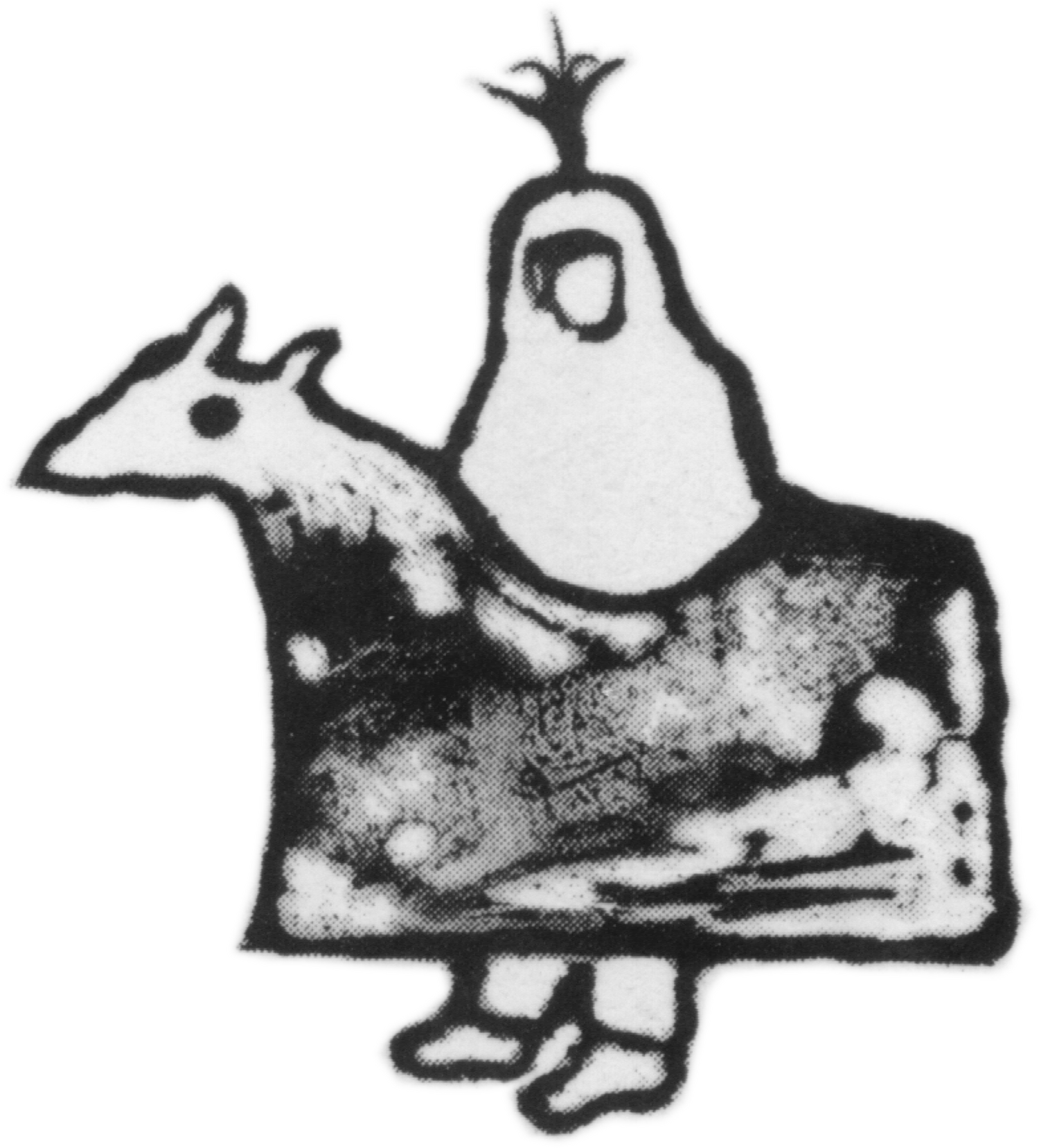Salisbury Domesday Books, 1317-1413, edited by John Chandler and Douglas Crowley
The surviving Salisbury Domesday Books consist of transcripts of charters, deeds, wills and other documents transacted in the bishop of Salisbury's court relevant to the transfer of property in medieval Salisbury. They provided a record for the bishop and his bailiff that property transfers were conducted within the terms of the city's charters, in which their existence was enshrined. But they also afforded protection for the citizens themselves, and so it was in the interest of the city corporation that they be maintained and preserved. The present volume is an edition of the third and fifth books, augmented by the summary list in the sixth. It covers the period 1317 (or earlier) up to 1413. A second volume will be an edition of the sixth and seventh books, and a third volume will attempt a synthesis of Salisbury's medieval topography derived from these and other sources. So large an accumulation of wills and deeds, extending over so long a period, yields invaluable information about Salisbury's history, topography and citizens. Familial relationships are revealed by the parties to transactions and the beneficiaries of wills. Occupations may be given, and located to specific areas of the city. Notable topographical features and landmark buildings occur and may be described, along with the existence and nomenclature of streets and rows. The tenurial and land use history of individual locatable tenements may be traced over long periods. All in all the evidence to be extracted from the Domesday books offers a barometer of the city's growth and prosperity, during a long period when many of its neighbours were in decline. Published on behalf of the Wiltshire Record Society (volume 75), December 2022, xx, 422 pages, hardback, £20.00, ISBN 978-0-901333-52-0.
The surviving Salisbury Domesday Books consist of transcripts of charters, deeds, wills and other documents transacted in the bishop of Salisbury's court relevant to the transfer of property in medieval Salisbury. They provided a record for the bishop and his bailiff that property transfers were conducted within the terms of the city's charters, in which their existence was enshrined. But they also afforded protection for the citizens themselves, and so it was in the interest of the city corporation that they be maintained and preserved. The present volume is an edition of the third and fifth books, augmented by the summary list in the sixth. It covers the period 1317 (or earlier) up to 1413. A second volume will be an edition of the sixth and seventh books, and a third volume will attempt a synthesis of Salisbury's medieval topography derived from these and other sources. So large an accumulation of wills and deeds, extending over so long a period, yields invaluable information about Salisbury's history, topography and citizens. Familial relationships are revealed by the parties to transactions and the beneficiaries of wills. Occupations may be given, and located to specific areas of the city. Notable topographical features and landmark buildings occur and may be described, along with the existence and nomenclature of streets and rows. The tenurial and land use history of individual locatable tenements may be traced over long periods. All in all the evidence to be extracted from the Domesday books offers a barometer of the city's growth and prosperity, during a long period when many of its neighbours were in decline. Published on behalf of the Wiltshire Record Society (volume 75), December 2022, xx, 422 pages, hardback, £20.00, ISBN 978-0-901333-52-0.
The surviving Salisbury Domesday Books consist of transcripts of charters, deeds, wills and other documents transacted in the bishop of Salisbury's court relevant to the transfer of property in medieval Salisbury. They provided a record for the bishop and his bailiff that property transfers were conducted within the terms of the city's charters, in which their existence was enshrined. But they also afforded protection for the citizens themselves, and so it was in the interest of the city corporation that they be maintained and preserved. The present volume is an edition of the third and fifth books, augmented by the summary list in the sixth. It covers the period 1317 (or earlier) up to 1413. A second volume will be an edition of the sixth and seventh books, and a third volume will attempt a synthesis of Salisbury's medieval topography derived from these and other sources. So large an accumulation of wills and deeds, extending over so long a period, yields invaluable information about Salisbury's history, topography and citizens. Familial relationships are revealed by the parties to transactions and the beneficiaries of wills. Occupations may be given, and located to specific areas of the city. Notable topographical features and landmark buildings occur and may be described, along with the existence and nomenclature of streets and rows. The tenurial and land use history of individual locatable tenements may be traced over long periods. All in all the evidence to be extracted from the Domesday books offers a barometer of the city's growth and prosperity, during a long period when many of its neighbours were in decline. Published on behalf of the Wiltshire Record Society (volume 75), December 2022, xx, 422 pages, hardback, £20.00, ISBN 978-0-901333-52-0.

